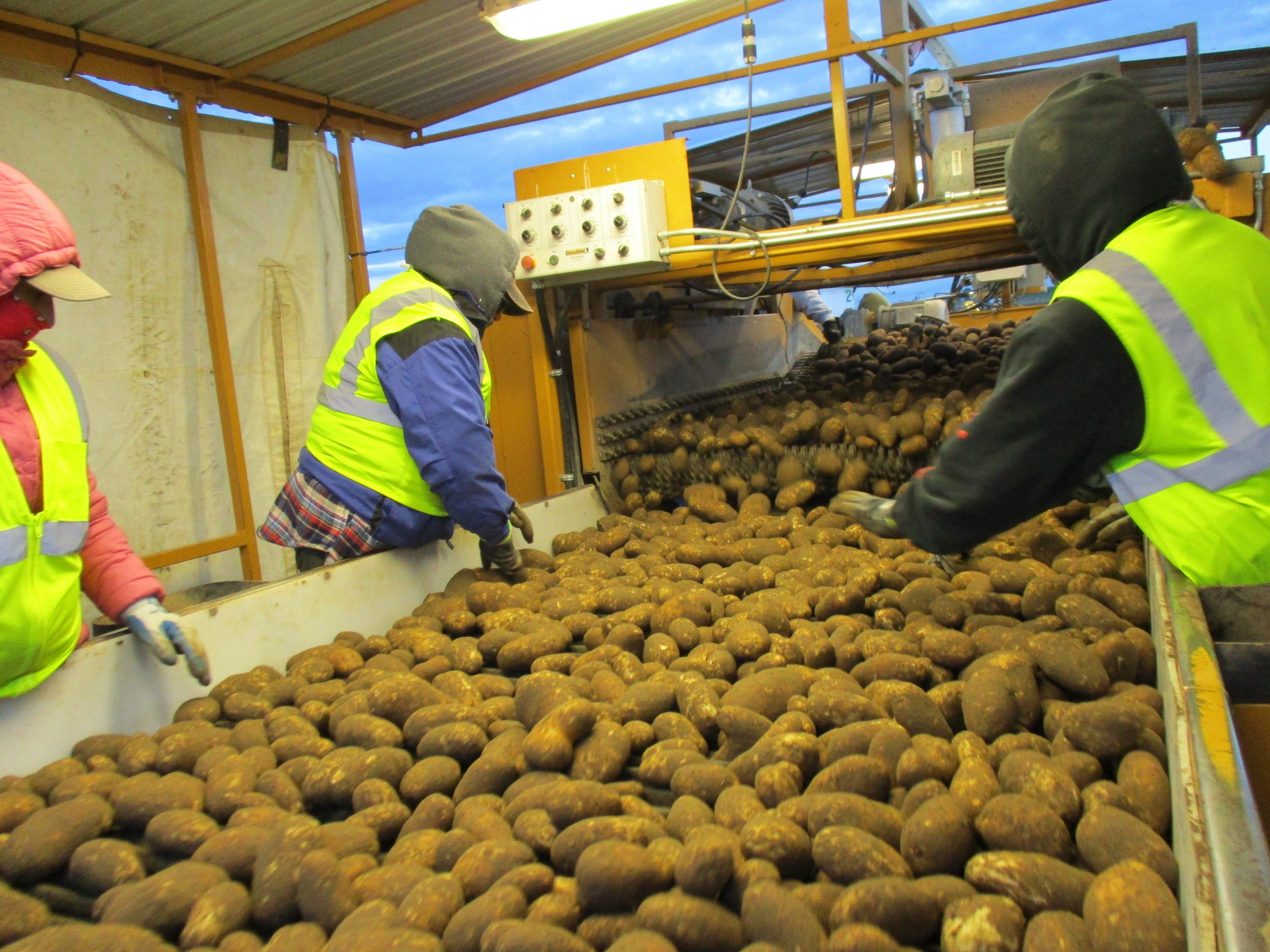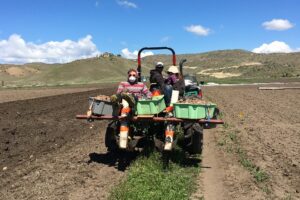
Latina farmworkers are among the most vulnerable populations in Idaho. The disadvantages inherent in their gender, race and social class are compounded by their immigration status, rural location, and the hazards of farm work. As a result, Latina farmworkers are particularly likely to face multiple challenges ranging from food insecurity, social isolation, substandard housing, and limited health care to exposure to chemical and injury hazards in the workplace. Any of these factors alone can lead to poor health, but these women may experience them simultaneously.

Further, while farm work has always been done by both men and women, there has been a marked increase in the number of women working in agriculture, a phenomenon known as the feminization of farm labor. In the US, the fraction of the farm workforce comprised by women grew by nearly 50% from 1990 to 2014.
This project took place from 2018 to 2020, and aimed to identify health challenges and concerns of Latina farmworkers in Idaho. Dr. Curl and co-investigators Drs. Lisa Meierotto and Rebecca Som Castellano measured the prevalence and importance of social, cultural, and workplace- related factors that place Latina farmworkers at an especially high risk for poor health. This work was accomplished through a mixed-methods approach, employing surveys, in-depth interviews, focus groups, and biological monitoring.
First, we surveyed Latina farmworkers to assess their perceptions of their own health status and contributions to poor health. The survey inquired about sociodemographics, food security and food access, housing conditions, social isolation, access to medical care and occupational hazards. We also conducted focus groups and in-depth, semi-structured interviews, which allowed us to build on the data gathered through the surveys, and to gain a deeper and richer understanding of the experience of Latina farmworkers in Idaho. In addition, we collected urine samples, which we analyzed for metabolites of commonly applied agricultural pesticides.
Together, these methods led us to identify the most critical risk factors for poor health facing this underserved and understudied population.